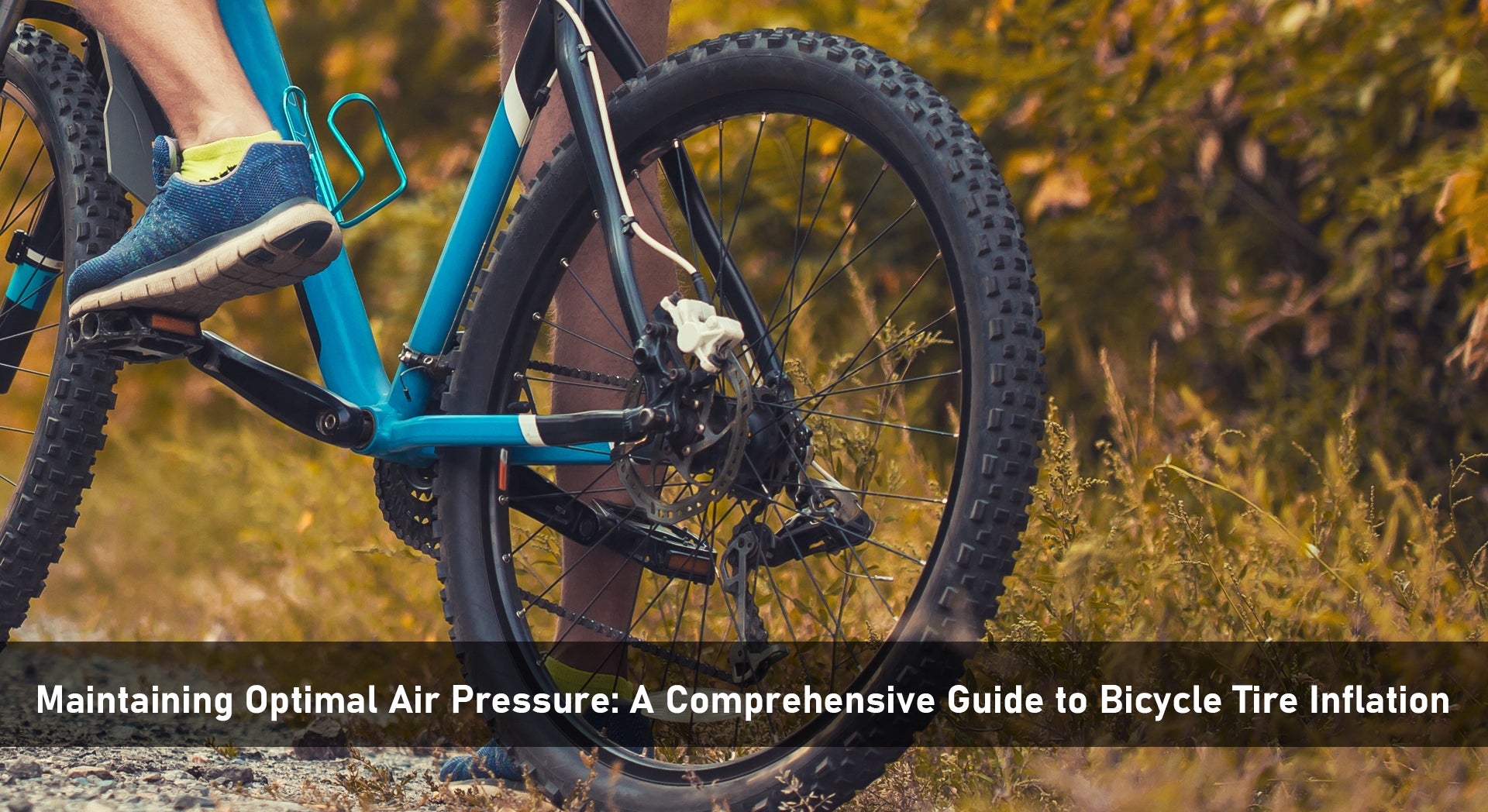Your bicycle's tires endure a significant amount of stress, supporting both you and the weight of the bike itself, not to mention any additional cargo. Therefore, maintaining the right air pressure is crucial. Riding with under-inflated tires not only accelerates wear and tear but also makes it harder for you to pedal efficiently. On the other hand, overinflating your tires can lead to a harsh and uncomfortable ride. To ensure a smooth cycling experience, we recommend checking your tire pressure monthly and inflating them as needed.
Factors Affecting Air Pressure
The ideal air pressure within your bicycle's inner tube depends on several factors, including tire width, riding terrain, and the combined weight of the rider and any cargo. This pressure is typically measured in 'bars.' For those familiar with the US unit PSI, one bar equates to approximately 14.5 PSI, or conversely, one PSI is roughly 0.07 bar. Conversion tables are readily available online.
As tire width increases, the requisite air pressure decreases. Racing bikes, characterized by their narrow tires, demand higher air pressure levels, typically exceeding seven bar. In contrast, mountain bikes, with their wider tires and robust treads, thrive at a more moderate range of two to three bar. Off-road ventures benefit from reduced air pressure for enhanced traction and shock absorption. City bikes and trekking models find their equilibrium with air pressures ranging between three to four bar.
The manufacturer's recommended air pressure range is typically imprinted on the tire sidewall. Notably, the greater the rider's weight, the higher the necessary air pressure becomes. Lower pressures lead to heightened rolling resistance, resulting in increased wear and potential sidewall cracks in the tire casing.
For eBike enthusiasts, maintaining optimal tire pressure is particularly crucial. Inadequately inflated tires place additional strain on the electric motor, demanding extra energy expenditure. By optimizing air pressure, riders can coast more efficiently, cover greater distances, and mitigate the risk of punctures.
Regular Pressure Checks and Inflation
Every bicycle inner tube experiences natural air loss over time, with pressure dropping by about one bar per month. Higher pressure tires tend to lose air more rapidly. While gauging tire pressure by thumb pressure may provide a rough estimate, it's not entirely reliable. Tires with two bars of pressure might feel adequately inflated, but distinguishing between three and four bars becomes more challenging. Therefore, we recommend employing an accurate pressure gauge for precise measurements.
Should your bicycle tire consistently lose air, inspect the tire casing for damage and examine the inner tube for leaks using a water-filled basin. Minor punctures can often be patched. Repairing a damaged valve, however, is a more intricate process. In uncertain cases, it's advisable to replace the entire inner tube and consider puncture-resistant tires.
Understanding Valve Types
Bicycle tubes feature three common valve types: Auto valve (Schrader valve), Express valve (Dunlop valve), and Presta valve (French valve).
- Presta valves, found on racing bikes, high-quality trekking bikes, and mountain bikes, can endure remarkably high air pressures. They are designed to be slender and come in two lengths (40 and 60 millimeters).
- Car valves, frequently used on mountain bikes, allow for convenient air pressure checks at petrol stations with standard pressure gauges.
- Express valves, commonly seen on city and trekking bikes, are larger than car valves and have a tapered shape. They can be replaced without the need for additional tools. Standard bicycle pumps can be used to inflate tires with express valves.
Practical Tips for Tire Inflation
For optimal results, consider using a compressor or a floor pump. Position the wheel so that the valve is at the bottom. When inflating a Presta valve, release the valve head before securing the pump head with the locking lever. For car valves, utilize the larger opening; for express and Presta valves, use the smaller opening on the pump head.
Maximizing Efficiency through Tire Pressure
Maintaining the correct tire pressure not only ensures safety and comfort but also plays a pivotal role in enhancing the efficiency of your ride. Properly inflated tires offer reduced rolling resistance, allowing you to cover more ground with less effort.
Seasonal Considerations
It's crucial to adjust tire pressure according to the seasons. Cold weather leads to a natural drop in tire pressure, so be vigilant about regular checks, especially during winter months. Conversely, in hotter climates, tires may expand, necessitating a slight reduction in pressure to maintain optimal performance.
By adhering to these guidelines, you can maintain the correct air pressure in your bicycle tires, ensuring a safe, comfortable, efficient, and enjoyable riding experience. Happy cycling!
Use discount code “YOSELILY” to get 10€ off on all purchases through this link.



Share:
Common E-bike Battery Problems & Solutions
Sharing Happy Time with Friends: E-Bikes Become a New Social Favorite